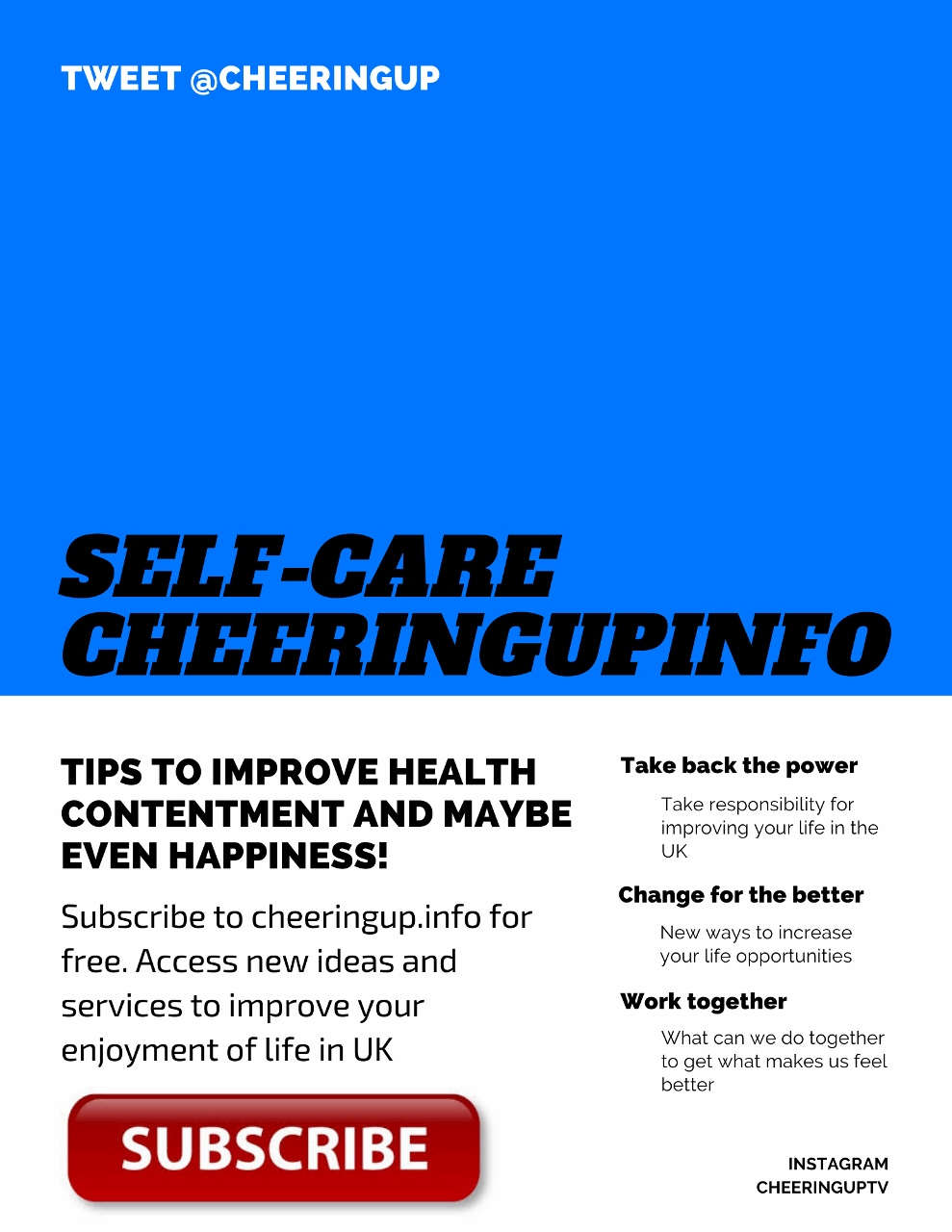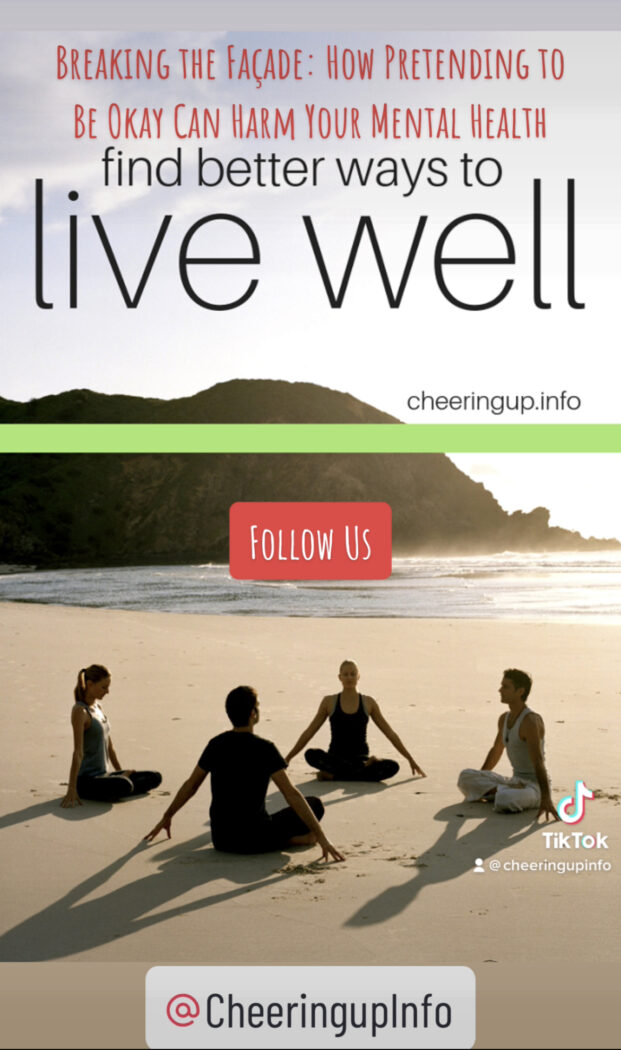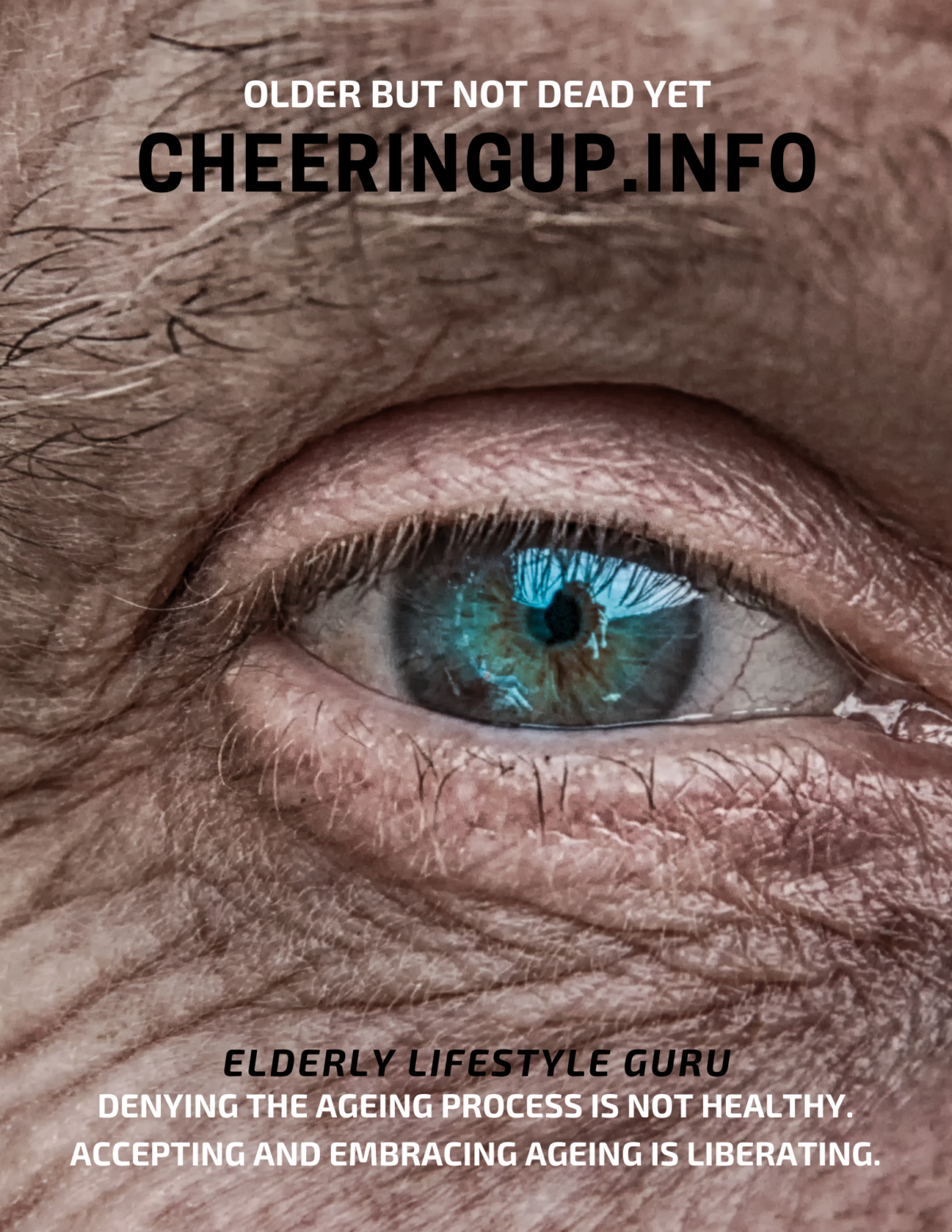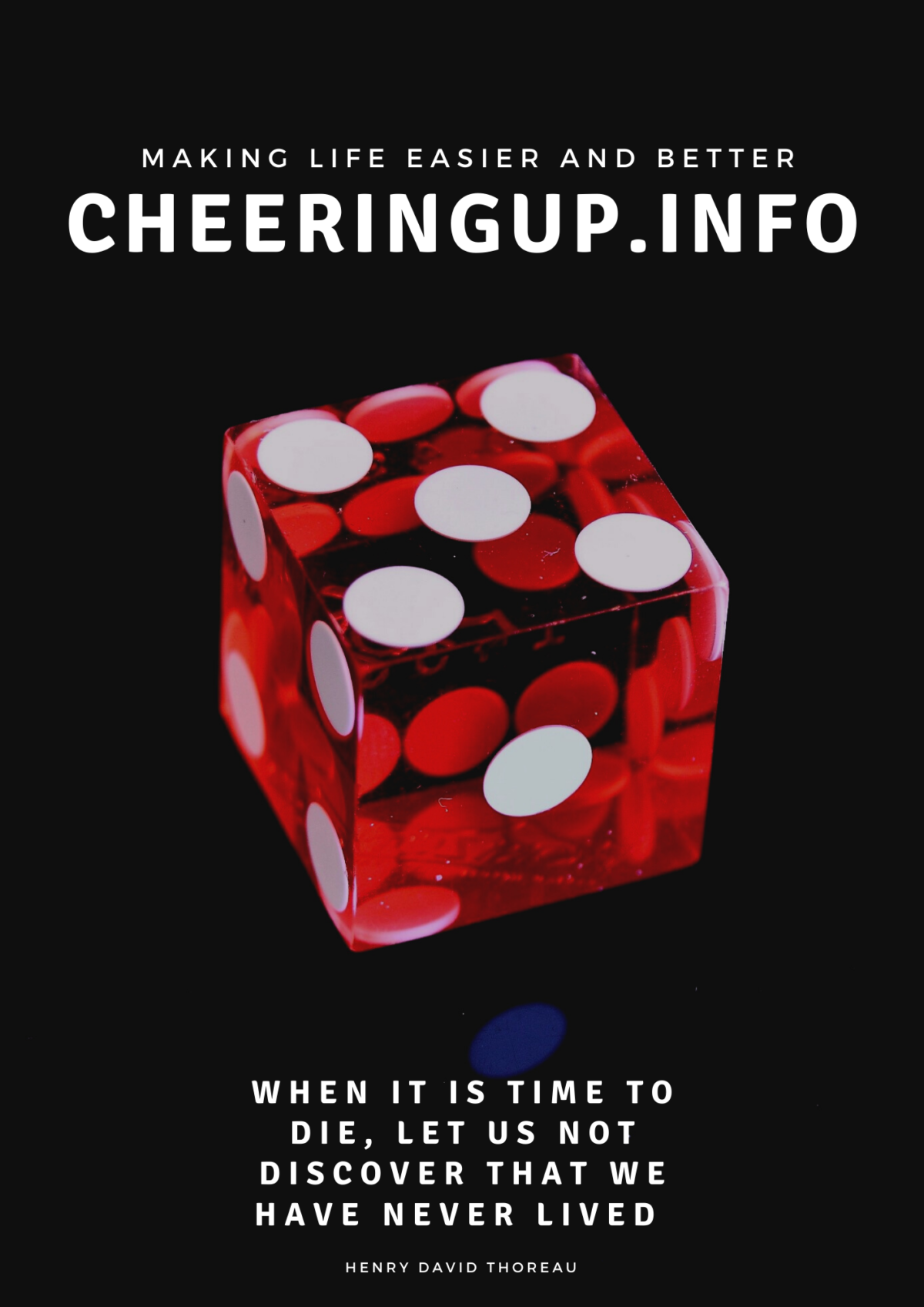9 Benefits of the Cheeringup.info Digital Wellness Community: Supporting Your Well-Being in a Connected World
In today’s fast-paced digital world, prioritising well-being can feel like an uphill battle. Constant connectivity, information overload, and social media comparisons can leave us feeling stressed, anxious, and disconnected. This is where digital wellness communities like Cheeringup.info step in, offering a supportive space to navigate the complexities of modern life and cultivate a sense of well-being.
Cheeringup.info goes beyond a simple online forum. It fosters a thriving digital community dedicated to empowering individuals to take charge of their mental and emotional health. By joining this supportive network, you unlock a treasure trove of benefits that can significantly enhance your overall well-being. Here are nine compelling reasons to consider becoming a part of the Cheeringup.info community:
1. Access to a Network of Support:
One of the most significant advantages of Cheeringup.info is the sense of belonging it fosters. The community connects you with like-minded individuals who understand the challenges of maintaining well-being in a digital age. You can share your experiences, anxieties, and triumphs, knowing you’ll be met with empathy, encouragement, and non-judgmental support. This sense of connection can be incredibly powerful, especially when you’ feeling isolated or alone.
2. Diverse Resources for Well-Being:
Cheeringup.info goes beyond just peer-to-peer support. The community provides access to a wealth of resources designed to empower your well-being journey. This might include articles on stress management techniques, mindfulness exercises, healthy lifestyle tips, and even informative discussions on mental health conditions. With a comprehensive resource library at your fingertips, you can explore various approaches to well-being and discover what works best for you.
3. A Safe Space for Open Communication:
Mental health conversations are often shrouded in stigma. Cheeringup.info provides a safe space where you can openly discuss your struggles and experiences without fear of judgment. This open communication fosters a sense of vulnerability and authenticity, allowing you to connect with others on a deeper level and gain valuable insights from their perspectives.
4. Inspiration and Motivation:
Feeling down or unmotivated is a normal part of life. Cheeringup.info can be a source of inspiration when you need it most. By reading success stories and experiences from other community members, you can gain valuable insights and a renewed sense of motivation to pursue your own well-being goals. The community’s positive energy can be contagious, uplifting your spirits and reminding you that you’re not alone in your journey.
5. Skill Development and Knowledge Sharing:
The Cheeringup.info community isn’t a one-way street. It’s a platform for knowledge sharing and skill development. You can contribute your own experiences and insights, helping others on their well-being journeys. This act of giving back can be incredibly empowering, fostering a sense of purpose and community spirit. Additionally, by engaging in discussions and interacting with others, you can gain new perspectives and develop valuable skills related to self-care, communication, and emotional intelligence.
6. Accountability and Support for Goal Setting:
Setting goals for your well-being is an important first step, but staying accountable can be challenging. Cheeringup.info provides a supportive environment where you can share your goals with the community and receive encouragement along the way. Members can offer tips, celebrate your milestones, and hold you accountable when needed. This external support system can significantly increase your chances of achieving your well-being goals.
7. Fostering Resilience in a Challenging World:
Life throws curveballs, and the digital age adds its own set of challenges. The Cheeringup.info community equips you with the tools and support to navigate these difficulties with greater resilience. By learning from others’ experiences, developing coping mechanisms, and building a strong support network, you’ll be better prepared to bounce back from setbacks and maintain a sense of well-being even when faced with adversity.
8. Countering Social Media Comparison and Isolation:
Social media can be a breeding ground for comparison and feelings of inadequacy. Cheeringup.info offers a refreshing alternative. Here, the focus is on self-improvement, acceptance, and celebrating each other’s journeys. By interacting with individuals who prioritise well-being, you can counteract the negativity often prevalent on social media platforms and cultivate a more positive and supportive online experience.
9. A Platform for Personal Growth and Self-Discovery:
Cheeringup.info is more than just a well-being community; it’s a platform for personal growth and self-discovery. Through open communication, self-reflection prompted by community discussions, and exposure to diverse perspectives, you gain a deeper understanding of yourself, your needs, and what truly contributes to your well-being. This journey of self-discovery empowers you to make informed choices, set healthy boundaries and cultivate a life that aligns with your values and aspirations.
In Conclusion:
The digital world offers undeniable benefits, but it can also take a toll on our well-being. Cheeringup.info stands as a beacon of hope in this digital landscape. By joining this vibrant community, you gain access to a supportive network, a wealth of resources, and a safe space for open communication. The community empowers you to develop valuable skills, set and achieve well-being goals, and foster resilience in the face of challenges. More importantly, Cheeringup.info provides a platform for personal growth and self-discovery, ultimately guiding you towards a more fulfilling and meaningful life.
If you’re looking to prioritise your well-being in a supportive and empowering online environment, consider joining the Cheeringup.info community today. Take charge of your well-being journey, and embark on a path to a happier, healthier, and more fulfilling life.











